The Editing Cycle #6 – Plot Your Way
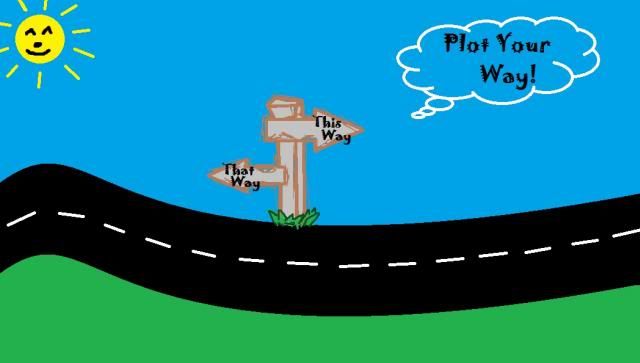
Plotting your novel is a very personal task and nobody can tell you how to do it, but in this week’s session, we’re going to explore an old favourite: the road map. We’ll be focusing on side plots and the ideal times to resolve them, or even when to leave them open ended.
Pen and Paper
The great thing about plot maps is that they can be drawn up at any stage in the writing process, whether you’re still churning out ideas, or you think you’ve got a finished product. They’re also great for those people in between so I expect everyone to get creative this week!
What you can see below is a section of my own plot map, which will look entirely different to what you produce: always remember to plot the way you feel most comfortable. If you’re a pen and paper person, pull over a pad and grab a biro. If the computer is the way for you, open up a file in paint or gimp.
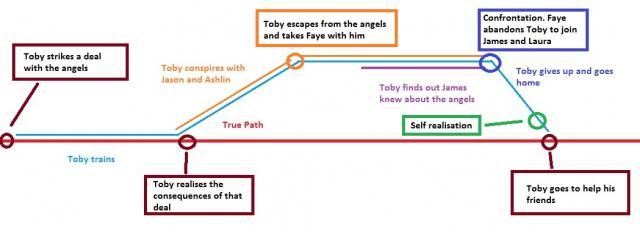
The first thing you need is a straight line so draw that out. That is your true path. Of course, a novel doesn’t actually move in a straight line and it would be very dull if it did, but that straight line represents what your hero should be doing to reach the final goal. It might be that you have several ‘final’ goals in your novel and your true path is closer to a sequence of straight lines, which aren’t necessarily parallel to one another. It’s worth noting that this line isn’t about what your character’s goals are, but what your goal for them is.
For example, my character’s goal is to find a girl he thinks he’s in love with. My goal for him is to save the world. These two goals cross over from time to time and that’s how Toby finds himself on the True Path, but for the majority of the novel, he’s following side streets or escaping down avenues.
Once you have your True Path, you need to add in the crucial events of your novel. You can use this method to map out anything from the events of a single scene or to the novel in entirety. In my example, I’m spanning five or six chapters.
Next add in some of the side plots. I’ve chosen to focus on a single character in mine and I’ve stripped it down to the main side plot of this story arc. That is, Toby makes a deal with the angels, but then he goes back on it. He takes what he came for, breaks out of the angel world and legs it back to reality. Toby goes so far back to reality, he returns to the house he hasn’t visited in months, where his parents think he is dead, and he greets them in his usual way, climbs the stairs and prepares to wait out the end of the world with his music blaring, his parents locked out of his room and only his old dog for company. It must be noted though that his prize, the girl he thinks he loves, abandons him in his abandonment and joins the A team who are determined to go save the world.
As you can see, when we start trying to write down our plots, it gets very bulky and difficult to follow. This is where plot maps come in! They force you to strip your plots back to their bare bones and to notate in a few brief sentences what the key events of your novel are.
Multiple Branches
It’s rare to have only one side plot developing at a time and you’re far more likely to have two or three short term plots and as many as ten or twenty long term plots. Mapping these out allows you to see if you’re kicking off too many at once or resolving such a large group all together that they lose their individual meanings.
As you can see, I’ve now added in a long term plot in purple. In essence, this plot is woven through the novel and is the relationship between James and Toby. A lot of events impact on that relationship and one of those is the revelation of James’ connection to the angel world in the form of Ashlin, which triggers Toby’s understanding of earlier events. This plot has its source in almost the same moment as a short term plot which I have identified in green. Where two plots begin at the same time, always aim to make one short term and the other long.
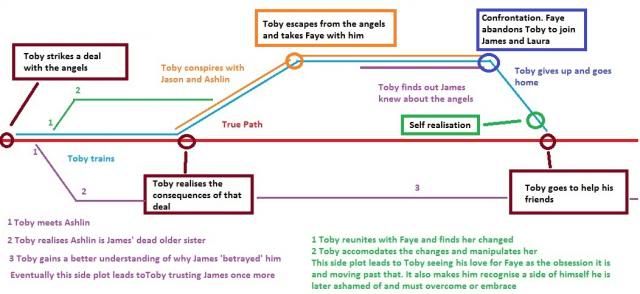
Dead Ends
A question I’m often asked is, does every plot have to be resolved? The answer is no, not always. Sometimes it’s more effective to leave a plot at a dead end or to carry it on into a prospective sequel. However, if you create too many of these dead ends, you will be creating frustration, so you need to time them carefully. Make sure you mark on your plot map any plots which won’t reach a resolution and also mark where that dead end is.
Once you’ve done that, there are two ways to alleviate the frustration of dead ends and to use them to your advantage. The first is to start a new plot where an old one dies. If you add another dimension to the story, just as you’re losing one, it will make the dead end more subtle and the reader’s investment in that storyline will transfer to the new one. However, if you choose this path, make sure that something comes of the new plot – don’t give your reader two dead ends in a row.
The second way to make dead ends work for you is by maintaining a strong focus on the true goal and giving the impression that the story world is wider than the story. This is very effective for grounding your reader in the ‘reality’ of your world and through leaving select plots open, you can build the illusion of open space and external life.
Questions for Discussion
Have you ever made a plot map before and do you find it a useful exercise? Are you good at resolving side plots as you progress through the novel, or do you find yourself with too many loose ends at the finale? What other plotting techniques have you used or heard of?
For more from The Editing Cycle click here
*I couldn’t find an image I wanted this week so you get the privilege of art work by me.


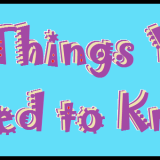



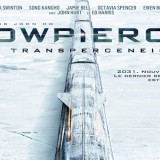



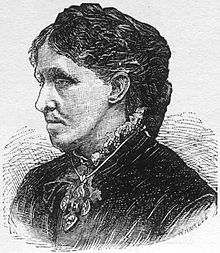
That is some marvellous artwork 😛
I might try a plot map for my current project. It’s just a short story, so it won’t be quite as complex as a novel one might, but it’d be fun nonetheless.
Firstly, that header image is simply amazing.
I’ve sort of tried this technique before in my last novel. I wrote down a time line of when things would happen and I also wrote up an excel spreadsheet on the different stages of the novel in parallel with an understanding of story structures. Like the three act structure. However, I never got through the first chapter of that novel.
Sometimes I feel like if I plot things down too much then I instantly lose interest because I know what will happen.
My plotting at the moment comprises of ‘I sort of have this point that I think is the end and I’ll just vaguely write my way towards that.’
Maybe when I have it all written out it will be useful to go back and map something out like this to get a better grasp on it but at the moment I am quite enjoying writing blind and out of order.
Also, I think if I did this for my current novel it would just become a messy web of crazy lines cris-crossing all over the place! I have about 7 PoV characters lol I guess I could do one for each character eventually.
Cadi, you should! I find a short story plot map is a good place to start as you can actually fit it all on one page 😉
beckiw – I don’t tend to start plot mapping until I’m a few chapters in to be honest and I use them as a more revisionary technique. It’s good though for when you’re working out how many side plots you actually have and whether that’s too many or too few – it allows you to really visualise the active and more passive areas of your novel.
I really like this idea. I don’t remember which chapter I started planning in, but I constructed my outline in an Excel document. That’s worked well for me, everything is organized in (perfectly straight <3) rows– however, this idea interests me, and I plan to try it.
As for tying up loose ends?
I haven't gotten far enough in my novel to find out yet. 😛
If everything goes as planned, I'll have most loose ends tied up by the end– and I plan on making a sequel, to take up the ones I leave hanging.
Thanks for the idea!
~Shady
No problem Shady, I’m glad you like it! I’d be interested to hear how you think it compares to using excel after you’ve given it a go 😀